2017-11-09
Joanne Li, one of our Tissue Microenvironment students, recently published a paper on topically treating diabetic wounds with microscopy. Read the full paper here and see the abstract below.
Impaired skin wound healing is a significant comorbid condition of diabetes that is caused by poor microcirculation, among other factors. Studies have shown that angiogenesis, a critical step in the wound healing process in diabetic wounds, can be promoted under hypoxia. In this study, an angiogenesis-promoting topical treatment for diabetic wounds, which promotes angiogenesis by mimicking a hypoxic environment via inhibition of prolyl hydroxylase resulting in elevation or maintenance of hypoxia-inducible factor, was investigated utilizing a custom-built multimodal microscopy system equipped with phase-variance optical coherence tomography (PV-OCT) and fluorescence lifetime imaging microscopy (FLIM). PV-OCT was used to track the regeneration of the microvasculature network, and FLIM was used to assess the in vivo metabolic response of mouse epidermal keratinocytes to the treatment during healing. Results show a significant decrease in the fluorescence lifetime of intracellular reduced nicotinamide adenine dinucleotide, suggesting a hypoxic-like environment in the wounded skin, followed by a quantitative increase in blood vessel density assessed by PV-OCT. Insights gained in these studies could lead to new endpoints for evaluation of the efficacy and healing mechanisms of wound-healing drugs in a setting where delayed healing does not permit available methods for evaluation to take place.
